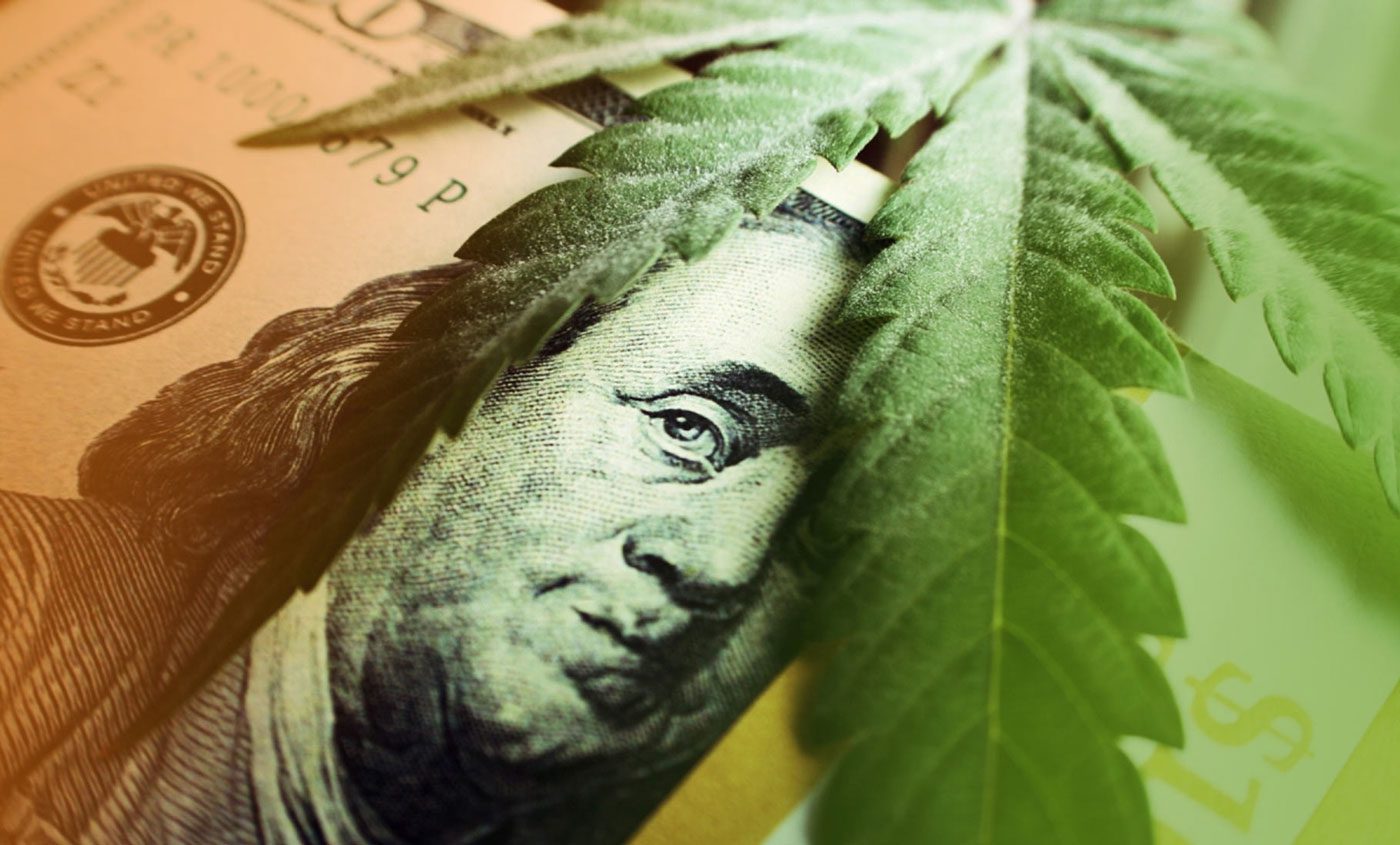With the potential for nationwide cannabis legalization seemingly around the corner, many are wondering how federal policies regarding cultivation will impact the already established industry. Currently, one of the major concerns with federal legalization relates to claims about the negative impact of cannabis on the environment, but so far, there has been limited data available to truly understand what effect it is actually having.

Smith has more than 20 years of experience working in sustainability, primarily at the intersection of the private and public sectors. In 2015, he and his peers founded the Resource Innovation Institute (RII) as a way to track and compare the sustainability of controlled environment agriculture facilities. “We knew that what would be important down the line would be the ability to compare each farm or grow facility to others,and we knew that the US Department of Energy wouldn’t play its typical role, which is to capture data about an emerging energy intensive industry and then to help states think through policy issues and utilities,” he says.
Gathering Energy Consumption Data
With the emerging market of cannabis in legal states, the RII stepped in to fill the gap usually held by federal agencies. Working with researchers, governments, and utilities, the RII developed key performance indicators regarding energy consumption, calculated into a measurement they call a Power Score. “It’s now a resource benchmarking platform,” describes Smith. “For producers, it’s free to use, and they can get a quick sense of how they’re performing [as far as] energy efficiency, water efficiency, carbon emissions waste. And we’re now rolling out additional services to producers to help them understand, through data, how they can continue to be more efficient and competitive.”
Currently, one of the biggest challenges facing governments and policy makers is how to make informed decisions about the cannabis industry given the lack of data. When producers use the Power Score, their data is anonymously aggregated and analyzed to provide a big picture so that policymakers can make informed decisions about the industry. Data can also be reviewed by utility companies to monitor which practices are actually increasing efficiency. The additional benefit is that growers can see how they can improve production.
How Can Data Improve the Industry?
When it comes to how data can improve the industry, the RII believes that their findings can make companies more competitive. This in turn benefits companies by providing resiliency for the industry overall — the more efficient the cannabis industry is, the more resilient it will be in the future. “We’re unlocking incentives through data,” says Smith. “It’s really important for every business to benchmark their performance and understand how they compare on energy efficiency to others. That’s just a critical way to compete.”
The data that the RII is collecting has so far been providing a better context for how the industry is using energy. Smith believes this cooperation will benefit cultivators in the long-term. “In doing so, it’ll return to them because governments will write policy that makes sense, that actually can help producers move toward efficiency rather than becoming another regulatory stumbling block.”
According to the data provided by the RII, we can see that the legal cannabis industry has actually improved its efficiency by 20% from 2018 to 2020. “There are a lot of folks that make a lot of unsubstantiated claims about how bad the industry is,” he says. “But when you peel back the onion, you can understand the industry in better context. It’s not one of the most egregious environmental actors in commerce.” As the cannabis industry continues to grow and we collect better data, the impact can be lessened even further.
As more data from growers across the country comes in, a better sense of the best practices for the industry emerge. The Resource Innovation Institute is starting to produce guides to outline these best practices as a resource for industry professionals. So far, they have estimated that most facilities can improve the energy efficiency of their grows by as much as five to fifty percent.
Understanding Variability Within the Market
Every grow facility is unique as far as what it can achieve with energy efficiency. For example, an indoor commercial grow in Massachusetts will require significantly different humidity and temperature regulation compared to a facility in Arizona. The data collected by the RII is attempting to illustrate the differences in grow performances to governments to help them understand the variability within the market. With a better understanding of how grows are performing state to state, governments and policy makers can then provide the training and resources the industry needs to stay afloat.
Federal legalization is going to require this data from different states and climates to understand how resources are used for cannabis in each state. Some areas may be more drought prone and have a greater need for water conservation, where some facilities may need more heating or air conditioning depending on the climate. The type of facility matters too — a completely indoor grow environment may use more lighting than a greenhouse, but greenhouses may experience more water loss. It’s important to consider the sources and expenditures of all types of energy against the amount produced to determine how efficient a facility actually is.
Many energy efficiency audits take into account peripheral activities such as employee commuting and distribution, but Smith believes that increasing efficiency needs to start with the operation itself: “We think money is better spent just looking directly at your operation. Focus on your immediate operation and get that as tightly dialed in as possible. And expand from there.”
Increasing Sustainability = Increasing Profits
Probably one of the best arguments for any industry to increase their sustainability is the increase in profits that come from running an energy-efficient facility. Taking the time to assess the energy usage of a grow facility can lead to better practices that reduce energy waste and lower production costs. While cannabis certainly is an energy-intensive crop, the industry is still evolving and with more data, will continue to improve its sustainability.
Cannabis legalization has definitely had some roadblocks, especially given the lack of data compared to other industries. The good news is that with new data comes new insights, and we are now entering a phase where we can accurately compare cannabis to other crops and perhaps learn how to make each more efficient. Data reporting also plays a role for the vendors of products used in cannabis production, who can then meet the needs of their market as it changes.
A number of governments have already stated that they will require reporting, and some have already been implementing the RII’s Power Score. The ultimate goal of the data collected by the RII is to provide a benchmark for how companies can improve their standards, while also supporting producers along the way. Peer-reviewed papers and guides are available through the RII’s website as a resource for producers who want to improve their efficiency or adopt the best practices outlined by the Institute’s research.
To find out more about Smith’s research and the Resource Innovation Institute, check out resourceinnovation.org.



